Pterygium surgery in iran
A Pterygium is an outgrowth of the conjunctiva, or mucous membrane, that covers the white part of your eye on the cornea. The cornea is the clear front covering of the eye. Generally, this benign or non-cancerous growth is usually shaped like a wing. Usually, Pterygium isn’t a problem or requires treatment. Also, if it’s affecting your vision. Therefore, It can be a problem and you should have Pterygium Surgery.
What is the reason of this?
Particularly, the exact cause of pterygium is unknown. One explanation is that too much exposure to ultraviolet (UV) light can lead to these growths. However, it is more common in people who live in hot climates and spend a lot of time outdoors in sunny or windy environments. People whose eyes are regularly expose to certain elements are at higher risk of developing this condition.
These elements includes:
-
Pollen.
-
Annual.
-
Smoking.
-
Wind.
What are the symptoms of Pterygium?
Especially, a Pterygium does not always cause symptoms. When it does, the symptoms are usually mild. Common symptoms include redness, blurred vision, and eye irritation. Also, you may feel a burning sensation or itching. If the pterygium grows large enough to cover your cornea, it can affect your vision. Thick or larger Pterygium can also make you feel like you have a foreign body in your eye. As a result, you may not be able to continue wearing contact lenses when you have Pterygium due to discomfort.
How serious is Pterygium?
Pterygium can cause serious scarring of your cornea, but this is rare. Since scarring on the cornea can cause vision loss, it needs to be treated. For minor cases, treatment usually includes eye drops or ointments to treat the inflammation. In more severe cases, it needs to be treated and your Eye Pterygium may need to be surgically remove.
How is it diagnosed?
Diagnosing a Pterygium is simple. Your eye doctor can diagnose this condition based on a physical examination using a Bio-Microscope. It allows your doctor to see by magnifying your eye with the help of Bio-Microscope.
If your doctor needs to do additional tests, they may include:
Visual acuity test:
Especially, this test involves reading letters on an eye chart. In this way, it is determine how much your pterygium affects your vision.
Corneal topographs:
This medical mapping technique is using for measure curvature changes in your cornea.
Digital photography with Bio-Microscope:
This procedure involves taking pictures to monitor the growth rate of the Pterygium.
How is Pterygium treated?
Usually, a pterygium does not require any treatment unless it obstructs your vision or causes severe discomfort. Your eye doctor may want to check your eyes occasionally to see if the enlargement is causing vision problems.
Is it possible to treat with medication?
Especially, if the pterygium is causing a lot of irritation or redness, your doctor may prescribe eye drops or eye ointments containing corticosteroids to reduce inflammation.
Ptergium Surgery
If eye drops or ointments do not provide relief. Your doctor may recommend surgery to remove the pterygium. Surgery is also apply when the pterygium causes vision loss or a condition called astigmatism. Which can cause blurry vision. If you want the pterygium to be remove for cosmetic reasons, you can also discuss surgical procedures with your doctor.
There are several risks associate with these operations. In some cases, a Pterygium may return after surgical removal. After surgery, your eye may be dry and irritate. Your doctor may prescribe medications to provide relief and reduce the risk of pterygium regrowth.
Techniques of pterygium surgery
(1) Bare sclera technique: A conventional procedure in which the doctor only detaches the pterygium tissue from the eye without replacing it with any other tissue graft. In this case, the underlying white of the eye is left to heal on its own. This technique has a high risk of pterygium re-growth.
(2) AMT: After removing the pterygium, there will be a gap in the conjunctiva, and the doctor will fill it with amniotic membrane transplantation (AMT).
(3) Free conjunctival autograft: The gap will be filled with a transplant of tissue that has been painlessly detached from underneath the upper eyelid.
Although there are some other techniques, the second and third methods have shown a lower rate of risks for re-growth, especially the third one, and it is the main technique used in pterygium surgery in Iran.
To secure AMT or graft in its place on the eye and avoid movement, two methods are applied: using sutures and fibrin glue. While stitches can cause discomfort for several weeks, glue, compared to suture, reduces inflammation and discomfort and reduces the recovery time.
How can I prevent Pterygium?
If possible, avoid exposure to environmental factors that can cause pterygium. Especially, you can help prevent the development of Pterygium by wearing sunglasses or a hat to protect your eyes from sunlight, wind and dust. Your sunglasses should also provide protection from the sun’s ultraviolet (UV) rays. If you already have Pterygium, limiting your exposure to the following can slow its growth:
-
Wind.
-
Dust.
-
Pollen.
-
Smoking.
-
Sunlight.
